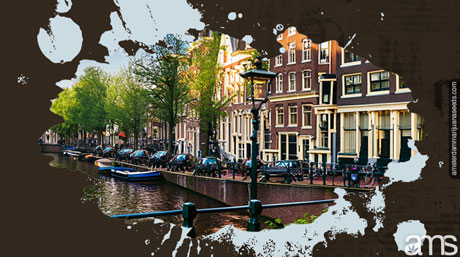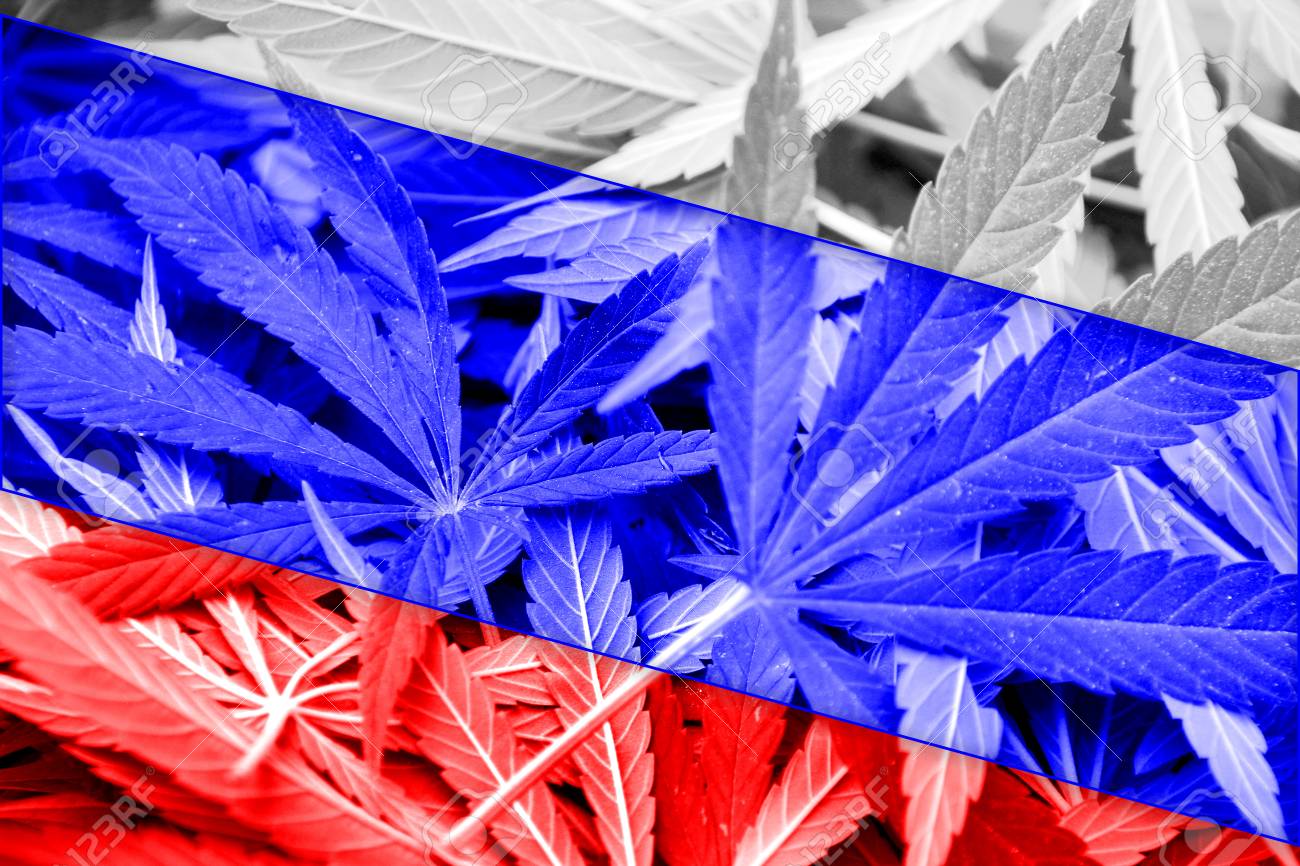We’ve all experienced the marijuana journey. A single puff from a joint, a drag from a vaporizer, or a hit from a bong sends your mind on a trip down rabbit holes of thought. On one of these cerebral voyages, I found myself pondering how such a versatile and, in many ways, beneficial plant like cannabis ended up illegal.
What series of events, decisions, and politics led to the enactment of stringent anti-cannabis laws? Who were the key players in turning the government’s opinion against this humble herb?
The narrative of cannabis use and its subsequent outlawing is anything but a dull historical account.
It’s a story rich in intrigue that provides a comprehensive understanding of our societal norms and legal mechanisms. Far from the tedious historical accounts we’re used to, this historical journey into cannabis use and its criminalization give us a vivid depiction of the evolving perspectives of our societies over time.
Its integral roles in medical, spiritual, and recreational practices, and its subsequent villainization form a gripping historical drama that everyone ought to appreciate. It’s one history lesson that’s not just about the past, but one that sheds light on our present and can guide us towards a more informed future.
As we delve into the annals of history, we find the earliest recorded use of cannabis in Asia. According to Barney Warf, a professor of geography at the University of Kansas, this use dates back several millennia.
Cannabis served dual purposes in these ancient societies: it was an essential component of their medical practices and spiritual rites. Evidently, in these pre-modern times, our ancestors recognized and utilized the plant’s beneficial properties.
From easing the discomfort of toothaches to mitigating the agony of childbirth, cannabis was often a go-to remedy. Warf further explains that the current perception of cannabis as an ‘evil drug’ is a rather recent construct, and its illegality is a historical anomaly. It’s noteworthy that for a large part of human history, cannabis was legal in various parts of the world.
Scientific and historical consensus indicates that cannabis originated in the central region of Asia. Hemp, the non-psychoactive cousin of marijuana, was frequently utilized in ancient China due to its multifaceted applications. Meanwhile, psychoactive marijuana was appreciated for its medicinal properties.
There are written records dating back as far as 4000 B.C. that mention the use of cannabis as an anesthetic during surgical procedures, highlighting the advanced understanding of the plant’s potential in those times. Even more fascinating is a reference to a cannabis product in the writings of the Chinese emperor Shen Nung, from 2737 B.C.
These ancient documents suggest the medicinal use of cannabis for treating ailments as varied as gout, malaria, rheumatism, and even memory issues, which echoes our contemporary understanding of the plant’s extensive therapeutic applications.
While cannabis has a long history of medical application, its recreational use also has deep roots. Interestingly, in certain cultures, the recreational consumption of cannabis was closely tied to religious observance and societal norms.
For example, in ancient India, the plant was venerated and utilized as an integral part of religious and cultural ceremonies. Some Hindu texts even referred to it as “Sacred Grass”, used in rituals like the ‘Soma Ceremony’.
The consumption of cannabis in these contexts was believed to aid in meditation and spiritual introspection. Similarly, among Muslim communities in the Middle East, cannabis consumption became popular as a recreational substance, particularly because the consumption of alcohol was prohibited by Islamic law.
By the 12th century, Muslim communities had also popularized the use of hashish (a cannabis product), not just within their own, territories but also across parts of Northern Africa and Iran. Hashish is derived from the resin of the cannabis plant and is often consumed by smoking or ingestion.
The cultural acceptance of cannabis consumption in these societies not only represented the normalization of its use but also created an established tradition of recreational use that would endure for centuries.
This historical context is important as it helps us understand how perceptions and norms around cannabis evolved, often influenced by cultural, religious, and societal factors, and provides us a perspective when considering its status and stigma in different parts of the world today.

As we traverse the annals of cannabis history, the Spanish conquests play a significant role.
The Spanish, bless with their exploratory spirit, were instrumental in the introduction of marijuana to the ‘New World’ in 1545. Recognizing its versatile properties, they primarily cultivated it for its fibrous quality, which was incredibly valuable in the production of sails, ropes, and textiles.
A few decades later, by 1611, English colonizers transported the plant to Jamestown, a settlement in the present-day United States. Here, hemp’s versatility was leveraged again, this time transforming it into a major commercial crop.
Its fibers became essential to the local industries, particularly in the production of sturdy, long-lasting ropes and textiles. It wasn’t until the late 19th century that the medicinal properties of marijuana began to gain recognition in the United States.
It’s crucial to understand that the introduction and usage of cannabis in these contexts significantly shaped the initial public perception of the plant in the New World. While its commercial applications were immediately realized, the journey of its medicinal use and recreational consumption in the New World was set on a course that would lead to many debates, disputes, and dilemmas.
The Mexican Revolution in 1910 brought forth a significant cultural exchange between Mexico and the United States, as many Mexicans immigrated northward in search of safety and better opportunities.
Along with their hopes and aspirations, these immigrants also brought with them their recreational practices, notably the use of marijuana. It was their casual use of the plant that marked the introduction of recreational cannabis in the United States.
This wave of immigration, however, was not universally welcomed. Public sentiment at the time, fueled by economic competition and cultural misunderstandings, resulted in an unwarranted backlash against the newly arrived immigrants.
This animosity was expressed in various ways, one of which was the targeting of their customs, including the use of marijuana. By 1913, California, partly in reaction to these societal changes, quietly outlawed marijuana.
This regulation stands as an ironic footnote in history given that California would later become one of the first states to decriminalize marijuana in the late 20th century. This initial resistance and subsequent acceptance of marijuana highlight the complex and often contradicting attitudes towards cannabis and its use throughout the history of the United States.
The early 20th century saw an increase in the prohibition of marijuana across the United States, with the plant being outlawed in 30 states by 1930. This widespread criminalization was influenced by a complex interplay of societal, political, and racial factors.
In the southwestern states, the prohibition was primarily driven by racial prejudice against the Mexican immigrants who were frequently associated with cannabis use.
The reasoning behind its prohibition in the other states, however, was rooted in unfounded fears and misconceptions. Authorities, driven by the ‘reefer madness’ hysteria, made misguided claims about the relationship between drug use and marijuana.
Instead of seeing it as a substance with potential medicinal properties, it was inaccurately portrayed as a stepping stone to more dangerous drug addiction, particularly heroin.
This perspective was completely reversed in modern discourse, where marijuana is often depicted as a ‘gateway drug’ that supposedly leads to the use of harder substances. This shift reflects the constantly changing and often contradictory societal and political attitudes towards marijuana throughout the century.
Despite the increasing legal restrictions, cannabis use remained prevalent in certain regions and among specific ethnic groups. Notably, New York, New Orleans, and the Southwestern states became known as hubs for the thriving cannabis culture.
Each of these areas saw a unique intersection of cultural influences that contributed to the popularity of cannabis. In New York, a city teeming with diversity, Mexican laborers and African Americans from the South brought their cannabis traditions with them, contributing to a vibrant and diverse cannabis culture.
Similarly, in New Orleans, jazz musicians, known for their unconventional lifestyles, were often associated with marijuana use. These dynamics created an interesting paradox. On the one hand, marijuana use was increasingly criminalized and stigmatized by predominantly white and upper-class lawmakers.
On the other hand, it was being embraced and integrated into the cultural fabric of diverse communities. This dichotomy set the stage for many of the debates and conflicts over marijuana use that continue to this day.
In the same era of widespread criminalization, the Federal Bureau of Narcotics (FBN) was established in the United States, laying the groundwork for a more structured approach to drug enforcement.
Harry Anslinger, appointed as the director of the FBN, took a particular interest in the crusade against cannabis. His tactics were controversial, relying on misinformation and fearmongering to demonize the plant’s use.
Anslinger, infamous for spreading rumors about alleged insanity and violent crimes committed under the influence of cannabis, played a crucial role in shaping the public perception of the plant. His influence led to the production of propagandistic films like “Reefer Madness,” which exaggerated the alleged negative effects of marijuana and fueled the growing hysteria.
This campaign was successful in passing the Marijuana Tax Act, which not only criminalized the use of cannabis but also placed restrictions on the production of hemp, a valuable crop with numerous industrial applications.
The 1950s marked a significant shift in the United States’ approach to drug policies. The Boggs Act of 1952 and the Narcotics Control Act of 1956 signaled the beginning of the nation’s war on drugs.
These laws represented a significant change in the philosophy of drug control, favoring punitive measures over harm reduction or rehabilitation efforts.
The Boggs Act established mandatory minimum sentences for drug convictions, reducing judicial discretion in sentencing and leading to an escalation in incarceration rates. The Narcotics Control Act focused on curtailing drug trafficking, categorizing marijuana alongside harder substances like cocaine and heroin.
These laws not only perpetuated the demonization of marijuana but also laid the groundwork for the punitive drug policies that would come to dominate the second half of the 20th century in the United States.
Despite the restrictive laws and widespread stigma, the perception of marijuana has begun to shift in the modern world. The narrative around this ancient plant, used for thousands of years for its medicinal and spiritual properties, is slowly being rewritten.
Unfortunately, the journey to this change has been a rocky one, punctuated by prejudice, misinformation, and racially-charged politics. For many years, society outlawed a plant that has proven potential for treating various ailments, from chronic pain to seizures.
The demonization of marijuana stands as a stark reminder of how fear and misunderstanding can suppress knowledge and hinder scientific progress. However, in a hopeful turn of events, increasing research into the medicinal benefits of cannabis is gradually paving the way for a more enlightened and accepting view of the plant.
As attitudes change, there’s an increasing acceptance and normalization of marijuana use in society. Many are beginning to consider the recreational enjoyment of marijuana on par with common social activities such as enjoying a cup of coffee.
This transformation in societal attitudes is a testament to the resilience of cannabis culture and the ongoing efforts of advocates to educate the public about the plant’s potential benefits. This changing perspective, however, is not universal.
There are still many regions and demographics where marijuana use is stigmatized or outright criminalized. This reminds us that while progress has been made, there is still much work to be done in terms of advocacy, education, and legal reform. But with every step forward, we get closer to a world where enjoying marijuana is as normal as having a cup of coffee.













Related Posts

Amsterdam Seeds: Unveiling the History of Excellence in Cannabis Genetics
Introduction
Welcome, fellow cannabis enthusiasts! Today, we embark on a journey to explore the close association between cannabis seeds and the vibrant city of Amsterdam. The Dutch capital has long been regarded as the world’s hub for marijuana, and the phrase “Amsterdam seeds” has become synonymous with high-quality cannabis genetics…

You’re completely blasted from a bong hit and your mind starts wandering. The most recent time I enjoyed an occasion like this I couldn’t help but wonder how is it possible that such a magically awesome plant like marijuana became illegal. What kind of cruel system put anti-cannabis laws into place? Who was responsible for turning the government against marijuana?

Discover the landscape of cannabis regulation in Russia, from prohibitive laws and severe penalties for possession and sale, to emerging discussions on legalizing cannabis for pharmaceutical purposes. Despite a history of hemp cultivation, current laws enforce strict consequences, reflecting Russia’s tough stance against drug offenses.